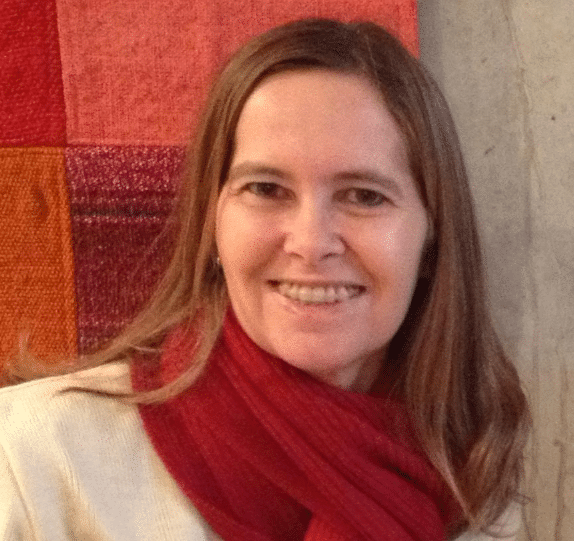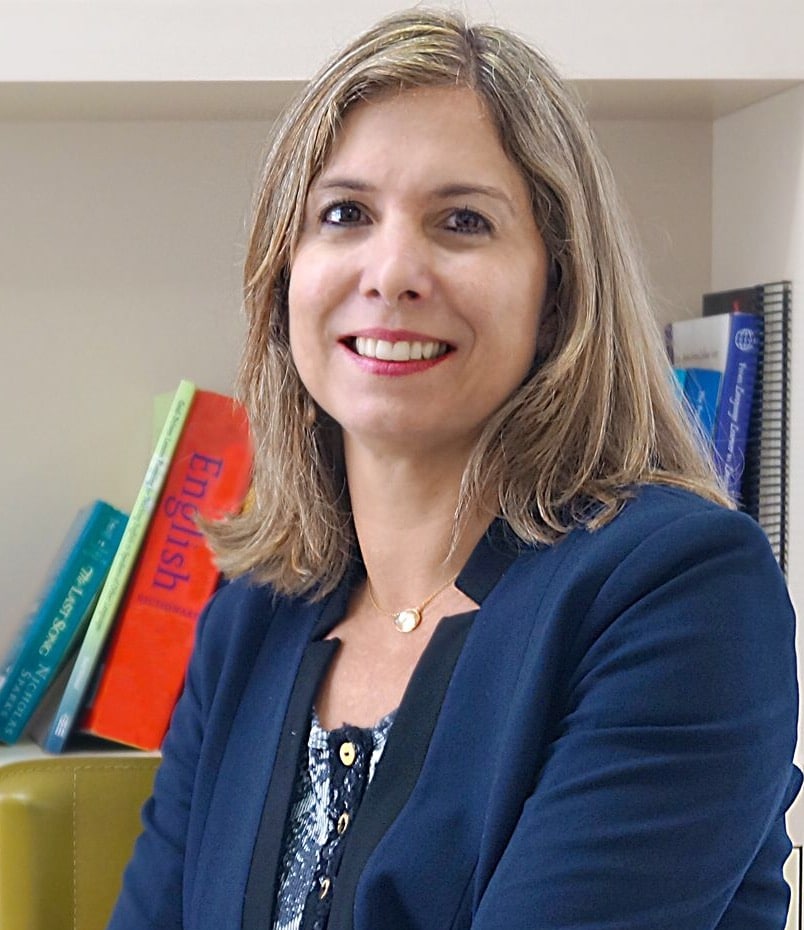Burnout or buildup?
The year was 2011. I was moving to my new apartment. My first apartment ever, the first time on my own without roommates. The first place to ever call mine, and I wanted to furnish the place all at once. I had about 12 groups and countless private students. I was living in Laranjeiras and working in Laranjeiras and Barra da Tijuca. If you are not familiar with the geography of Rio de Janeiro, Google will give you a pretty good idea of what my life was like.
I was miserable. I was teaching many young teenagers and children, and all I wanted was to be elsewhere. This is not even a euphemism. I remember constant feelings of anger, frustration and guilt. Society teaches us that we are not supposed to wish that all our students get the flu and do not come to class. But I did that often. I felt I was not a good teacher.
There was this student called Luis Felipe. I remember, I once got so mad at him that I stopped the lesson, called his mother, and said ‘control your son, because I need to work’. The other students looked at me as if Armageddon had come.
Usually, I would finish the lesson, get in the car, then complain and cry, and still not understand what had happened, was happening. What had I become?
At one point I developed nodules on my vocal cords, and I quit two of the three jobs I had. The apartment was beautiful, by the way. Years later I got a dog that chewed up and destroyed all my expensive furniture, but that is merely a detail.
Unfortunately, you may be able to relate to my story. At some point in their lives, many – if not most – teachers have suffered or will suffer from burnout. According to the most consensual conceptions of burnout that have been proposed in the last four decades (Bianchi, Schonfeld & Laurent, 2015), burnout is a three-dimensional syndrome made up of emotional exhaustion, depersonalization, and reduced personal accomplishment.
Exhaustion refers to the feeling of being emotionally drained, being in a low mood and having low energy levels. The individual is de-motivated and withdraws from his/her work. Reduced personal accomplishment includes feelings of inadequacy and incompetence associated with loss and self-confidence. Burnout is assessed with the Maslach Burnout Inventory (MBI), a self-administered questionnaire.
How can teachers avoid burnout? I am afraid there is no easy answer to that question, and certainly not one I can provide. What I can do, though, is talk about what I feel I lacked when I was burnt out and that will hopefully help other teachers: compassion. Compassion at the workplace refers to behavior motivated by concern for others at work, and acts of kindness that are directly intended for the benefit of others, without expecting organizational benefits. A study with teachers from Israel showed (Eldor & Shoshani, 2016) that compassion plays a crucial role in the workplace. It enabled teachers to cope with stressful conditions and maintain work outcome levels.
More than sharing my story, my goal here is to make us reflect on and encourage teachers to support each other. We tend to be compassionate towards and understanding of our students. I want us, and here I include anyone that works with education, to understand that long hours, always taking work home, and other practices that are common among us teachers, reflect a failed educational system, which is bad for teachers as well as students. I strongly believe that when we realize this, we are going to be better able to serve our students much more efficiently.
We need to shed some light on teacher wellness. If you have a story with burnout or anything related to mental health, please share in the comments.
References:
Bianchi, E., Schonfeld I. & Laurent E. (2015). Burnout-depression overlap: a review. Clinical Psychology Review 36 28-41.
Eldor, L & Shoshani A. (2016). Caring relationship in school staff: Exploring the link between compassion and teacher work engagement. Teaching and Teaching Education 59 126-136.




